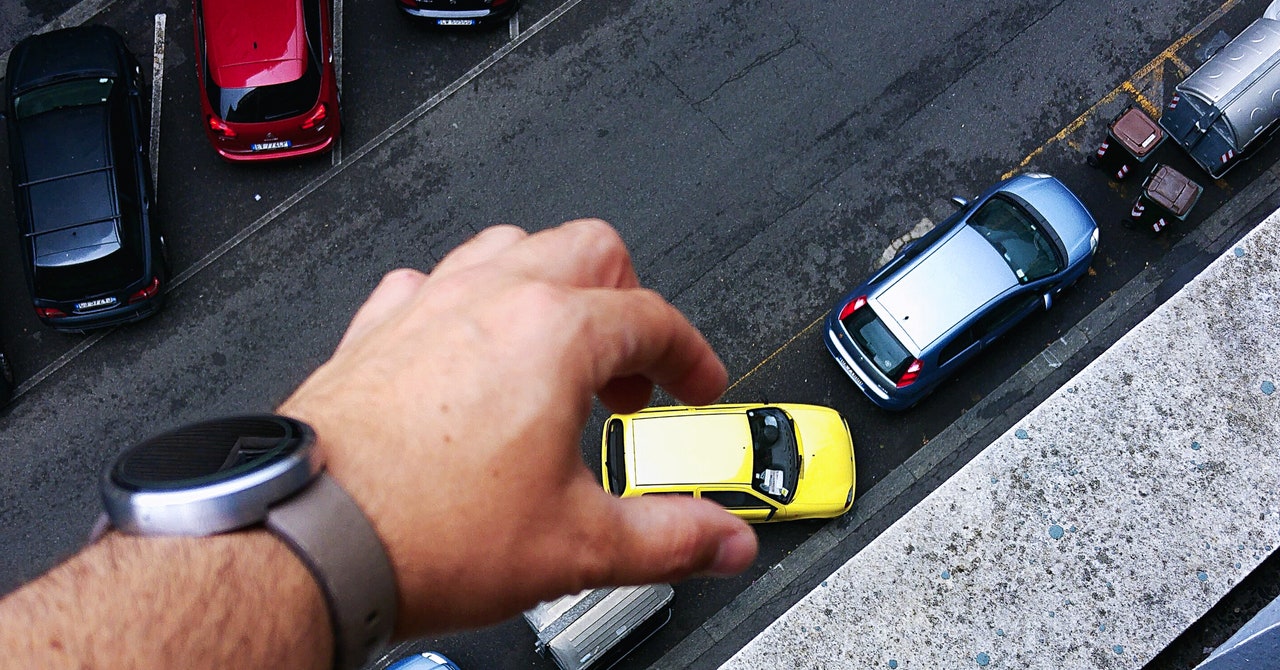Parallel Parking Is Stressful. Most Drivers Still Won’t Let the Robots Take Over Leave a comment
A survey from the automotive analysis and advisory agency S&P World Mobility discovered that Chinese language customers’ curiosity in, and willingness to pay for, absolutely computerized parking sat at practically the highest of the record of desired options, greater than it did for American and German respondents.
The discrepancy factors to the extensive gulf between not simply international locations’ driving preferences, however the successes born from newer automakers’ deal with software program growth and automatic options. Legacy producers, in the meantime, appear to be taking part in catch-up.
When People Do It Higher
One rationalization for the diverging attitudes in direction of parallel parking tech says Symons, the automotive seller, is perhaps that Western automakers’ options merely aren’t excellent. “Whenever you pull up on the excessive avenue and also you’re parallel parking, and there’s a queue of automobiles behind you beeping their horns, the self-parking programs normally really feel a bit gradual,” he says.
In a single video, printed two years in the past, Symons in contrast the parallel parking programs on a Tesla’s Mannequin S and three, Audi’s e-tron GT, Ford’s Mustang Mach-E, and BMW’s i4 M50, and located that whereas Tesla’s system was largely disappointing, the others carried out acceptably. However many programs he’s tried have had hassle detecting the curb, and have a tendency to park too shut—or too far—from the sidewalk. “Nothing but that I’ve tried has been persistently higher than an individual, by fairly a way,” he says.
The older, Western self-parking programs could undergo from automakers’ old-school method to constructing new options. For newer producers, together with Tesla, BYD, and Xpeng, automated parallel parking is “a part of a holistic self-driving functionality,” says Jeremy Carlson, who leads autonomous automobile analysis at S&P World Mobility. These carmakers begin with software program, and have been prepared to spend the cash so as to add additional sensors to allow extra subtle parking efficiency. Against this, different producers have tended to construct their options as discrete elements, which may result in rigidity. “Usability can undergo,” he says.
Drivers may additionally be neglecting their smart-parking options as a result of they merely don’t belief the programs, factors out Greg Stevens, a former Ford engineer who’s now the analysis director at MCity, a automobile expertise facility related to the College of Michigan. Parallel parking requires manipulating a big, heavy, costly factor into a decent area, near different massive, heavy, costly issues—and errors are expensive. “Getting over that belief hump has been an enormous concern,” Stevens says.
Automation Adulation
In city China, in contrast, the federal government has primed a brand new class of middle-class drivers to embrace expertise, together with options made by its powerful domestic auto industry. Regulators have given home auto corporations approval to operate extra extremely automated programs on public roads, together with absolutely autonomous autos.
All that publicity, one McKinsey report concluded, has raised shopper enthusiasm for autonomous driving greater than in different international locations. In a 2021 survey by the consultancy, 60 % of Chinese language respondents stated they’d probably purchase a automotive that would drive on the freeway itself if the characteristic had been provided for lower than $10,000, in comparison with 57 % of People respondents and 36 % of Germans.

